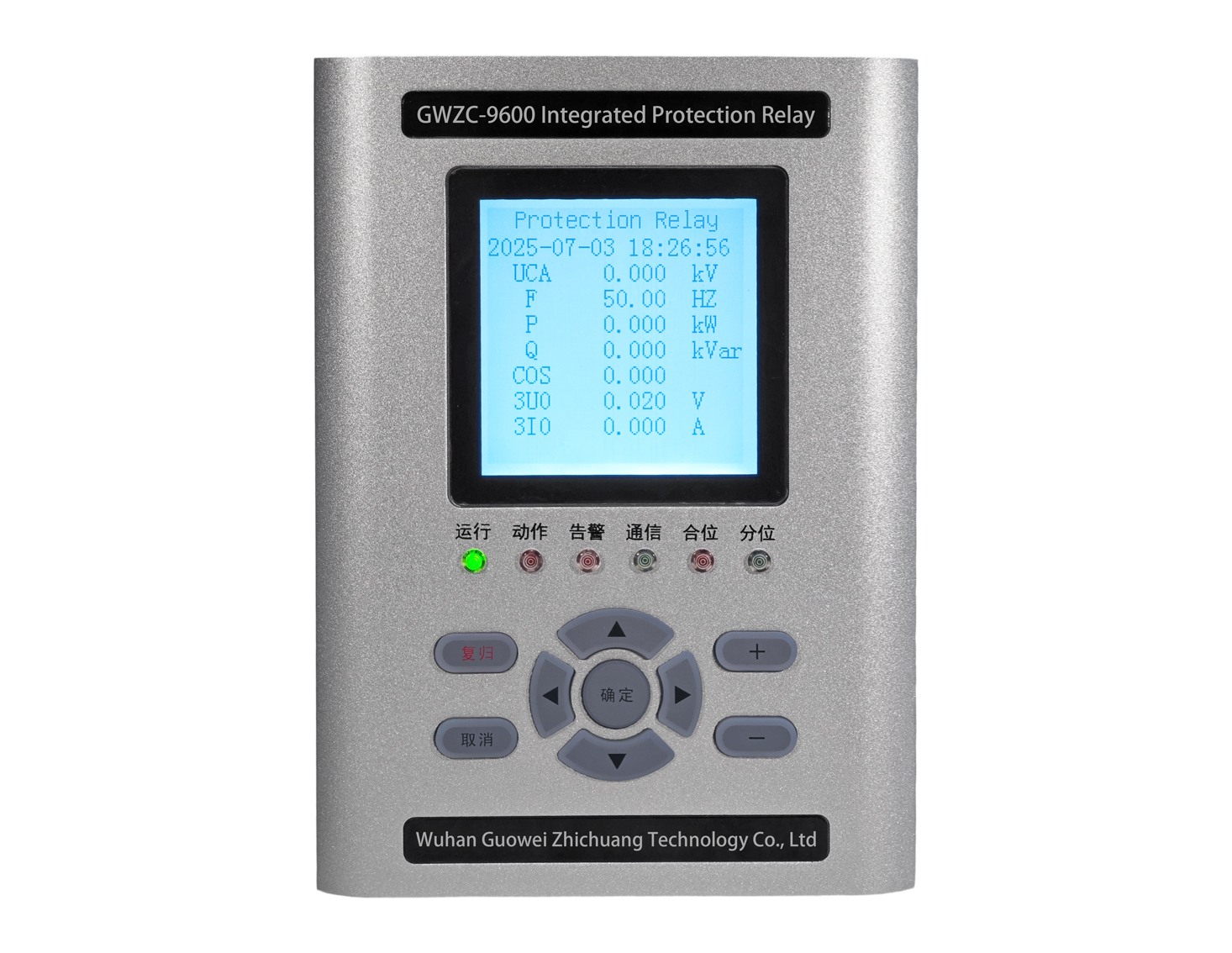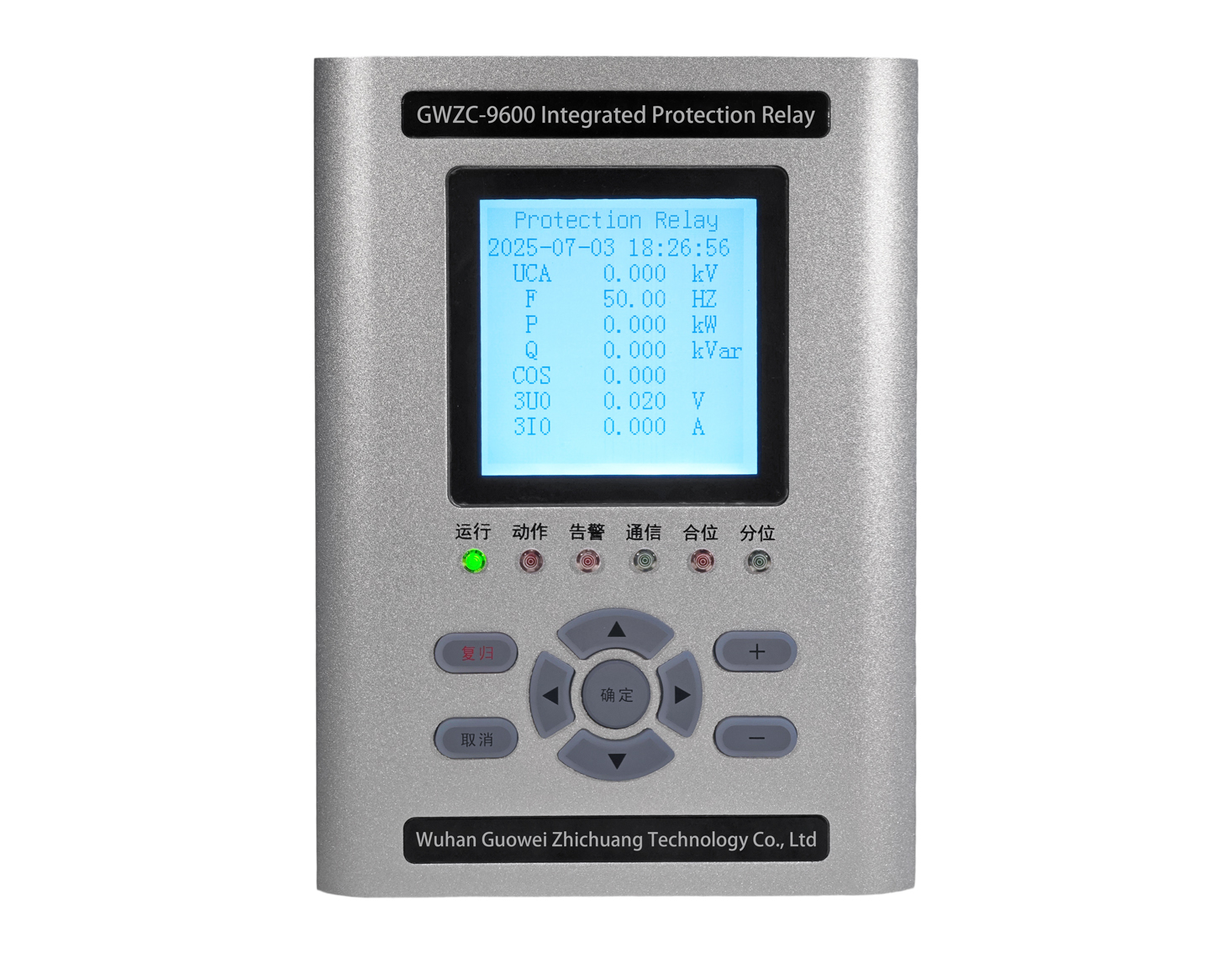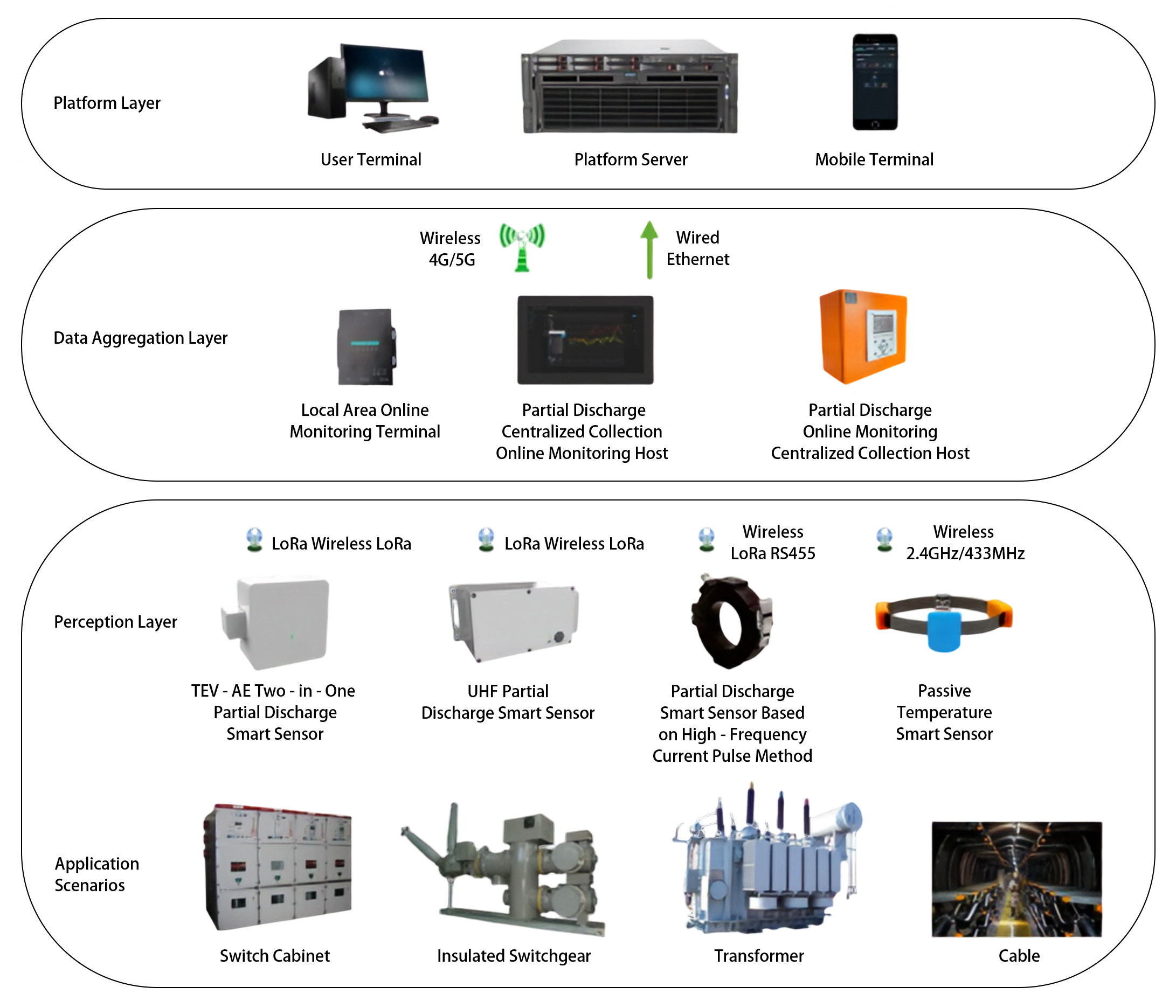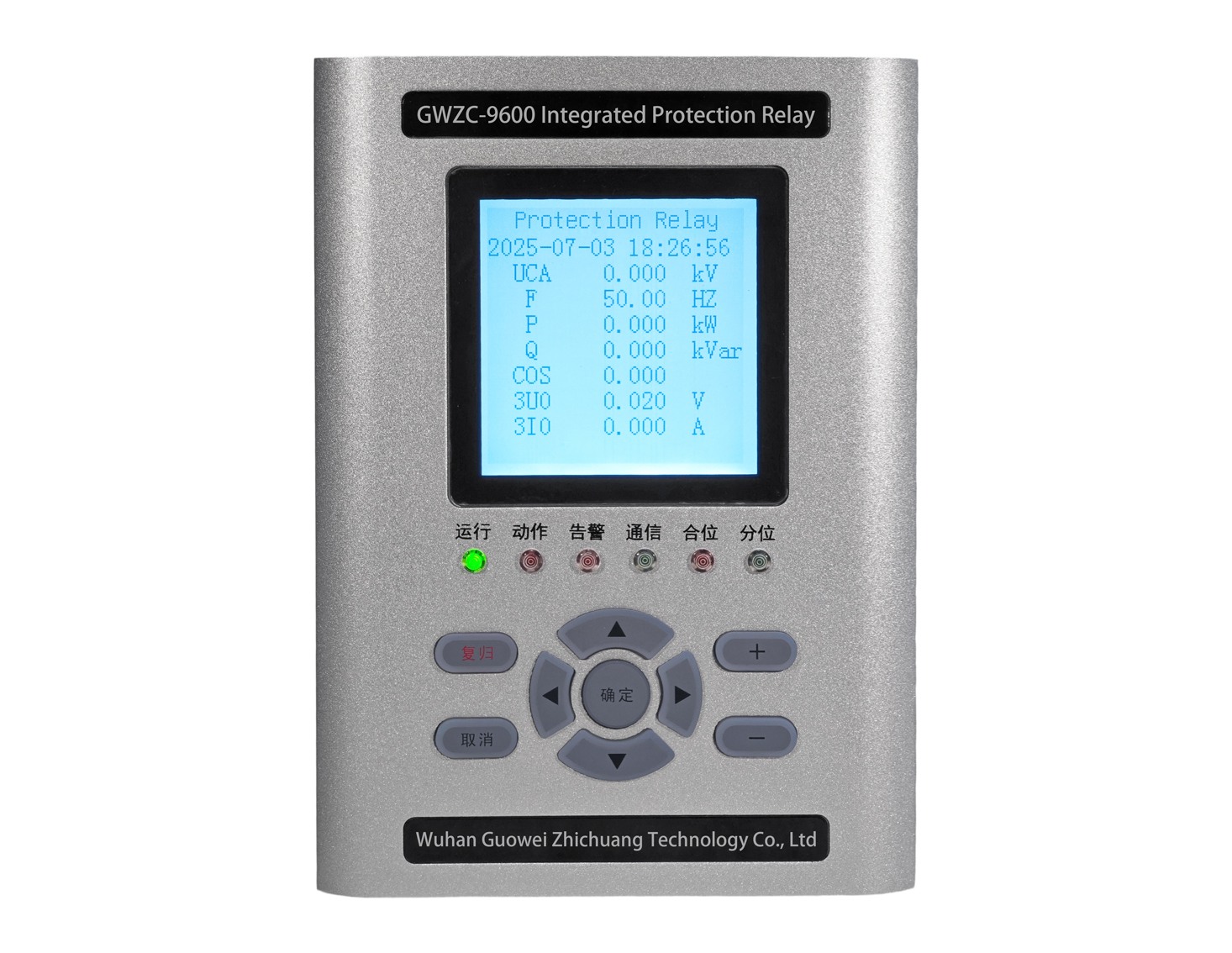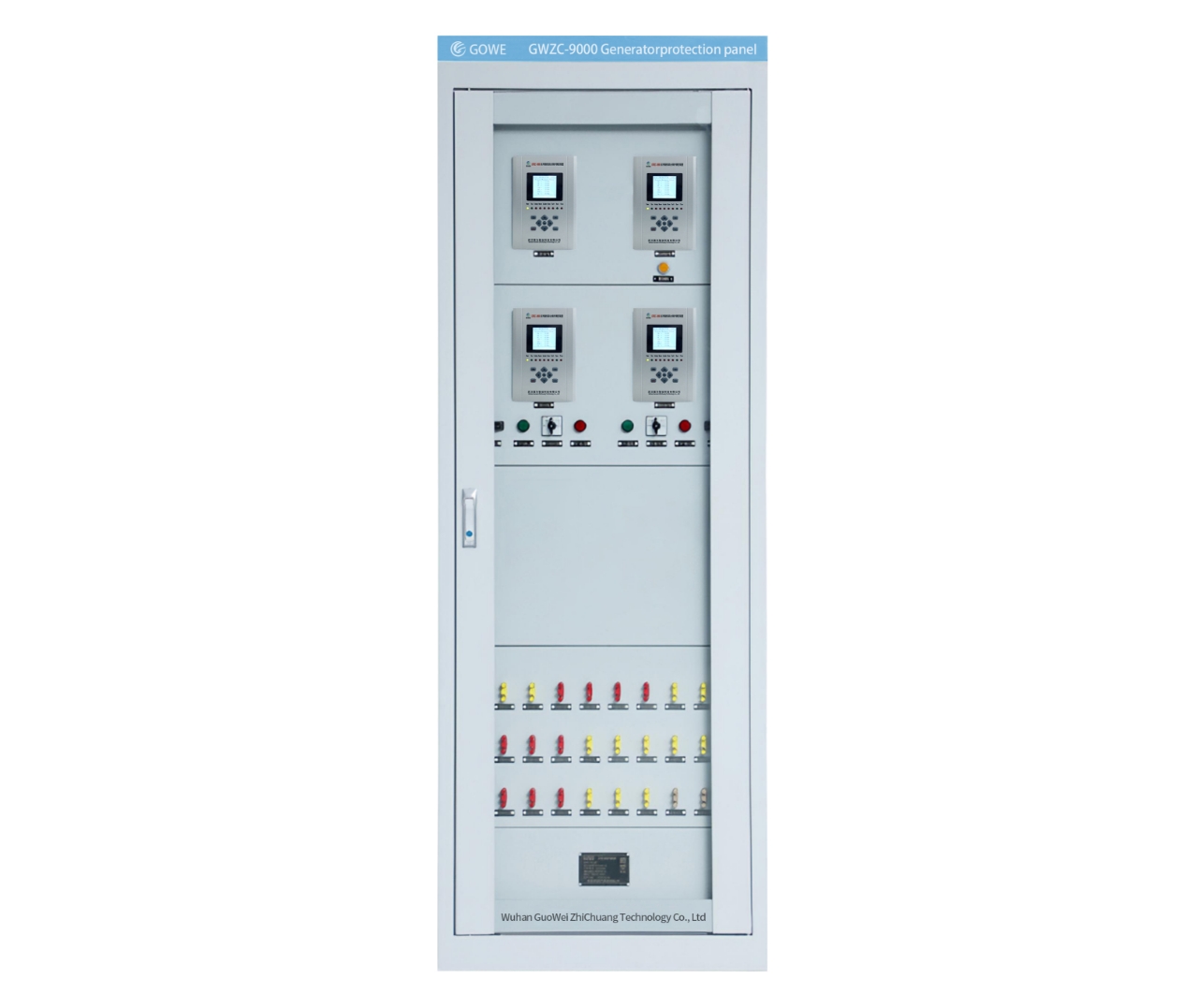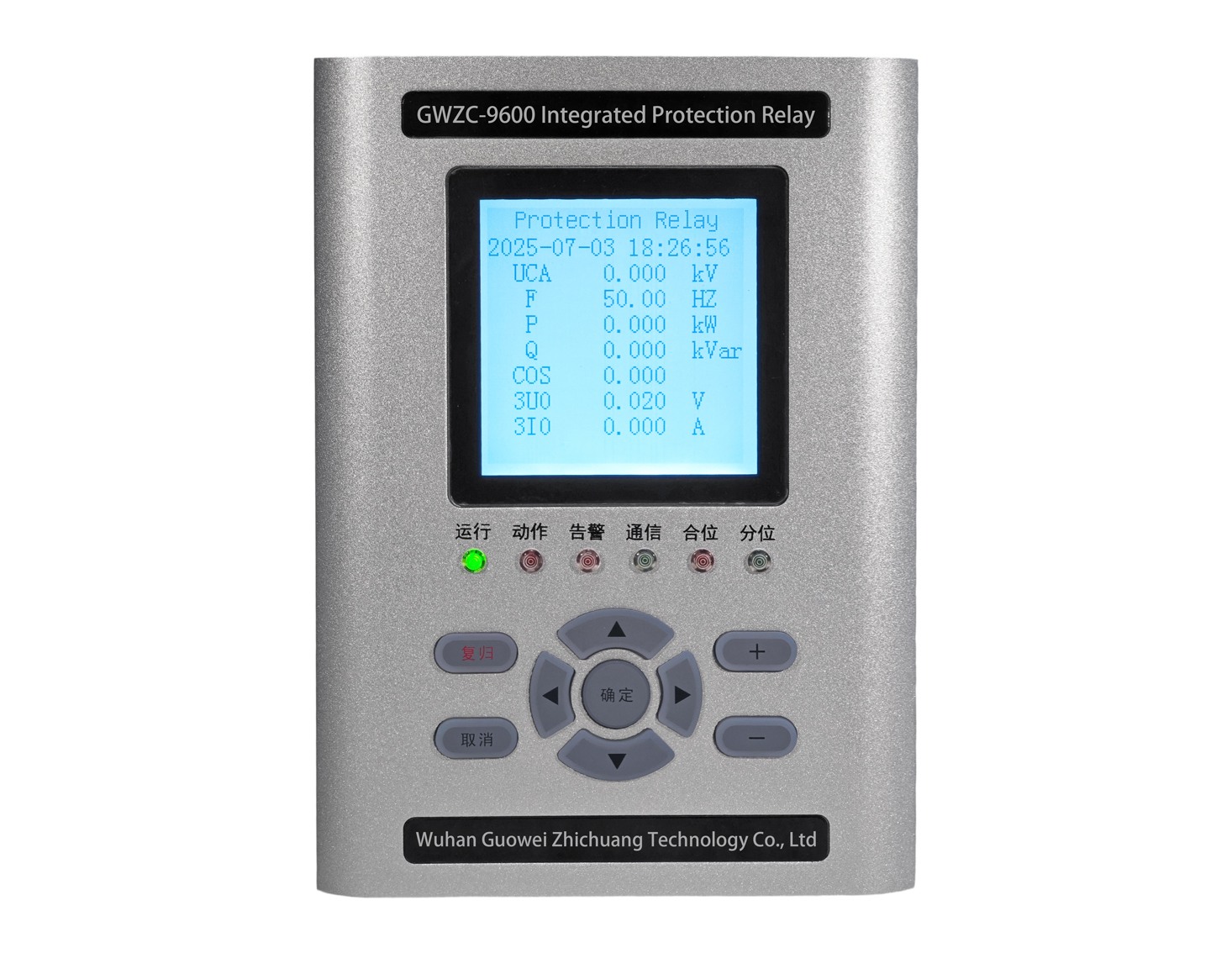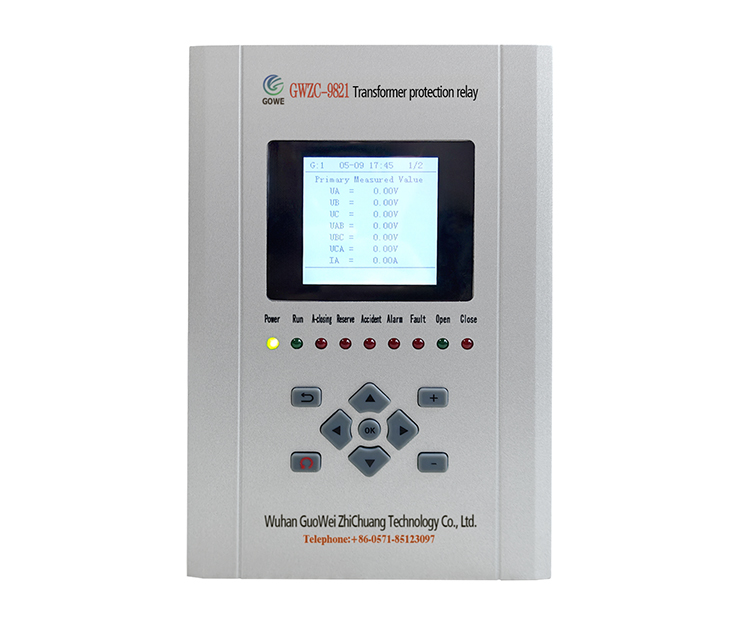
1. Core Function of Time Synchronization
Unified Time Base: Satellite time synchronization devices provide millisecond (or even microsecond) precision to all station equipment (Protection Relays, SCADA, fault recorders, PMUs), eliminating clock deviations.
Accurate Event Logging: Ensures consistent timestamps for fault records and protection actions, aiding post-event analysis.
Synchronized Sampling & Measurement: Critical for devices like merging units (MUs) to avoid protection misoperations due to unsynchronized data.
2. Key Technical Requirements
High-Precision Protocols:
IRIG-B (DC/AC code): Microsecond-level accuracy.
PTP (IEEE 1588): Sub-microsecond synchronization over Ethernet, ideal for smart substations.
NTP/SNTP: For less critical systems (e.g., monitoring).
Reliable Time Source:
Combines satellite time synchronization devices (dual-mode Beidou/GPS) with atomic clocks or high-stability oscillators for backup.
3. Typical Applications of Satellite Time Synchronization
Fault Location: Nanosecond-level sync enables precise fault pinpointing (e.g., traveling wave fault location).
Grid Stability Control: Ensures synchronized execution of load/generation shedding commands.
Smart Substations: PTP synchronizes process-layer communications (GOOSE/SV messages).
Power Quality Analysis: Harmonic measurements require aligned sampling.
4. Risks of Poor Time Synchronization
Protection Maloperation: Unsynchronized CT sampling may cause differential relay errors.
Invalid Fault Records: Misaligned timestamps hinder event reconstruction.
Delayed Dispatch Commands: AGC/AVC controls lag due to time drift.
5. Design Considerations for Satellite Time Sync Systems
Redundancy: Primary/backup clocks + multi-path synchronization (fiber + cable).
EMI Protection: Shielding and latency compensation (e.g., fiber channel calibration).
